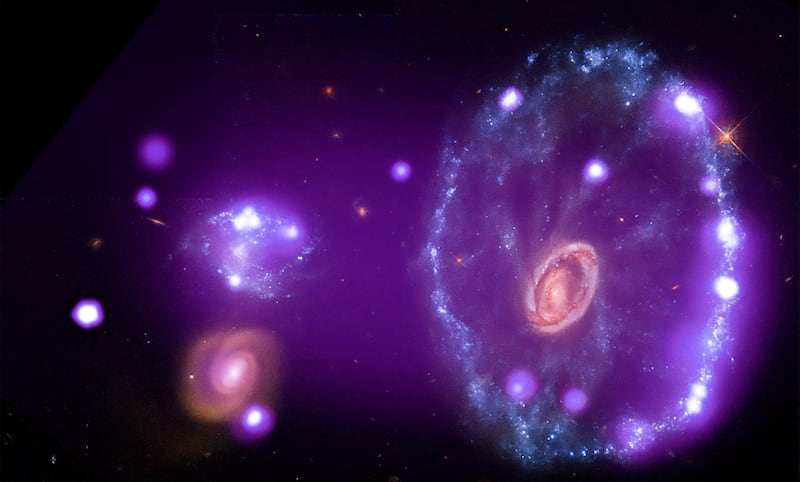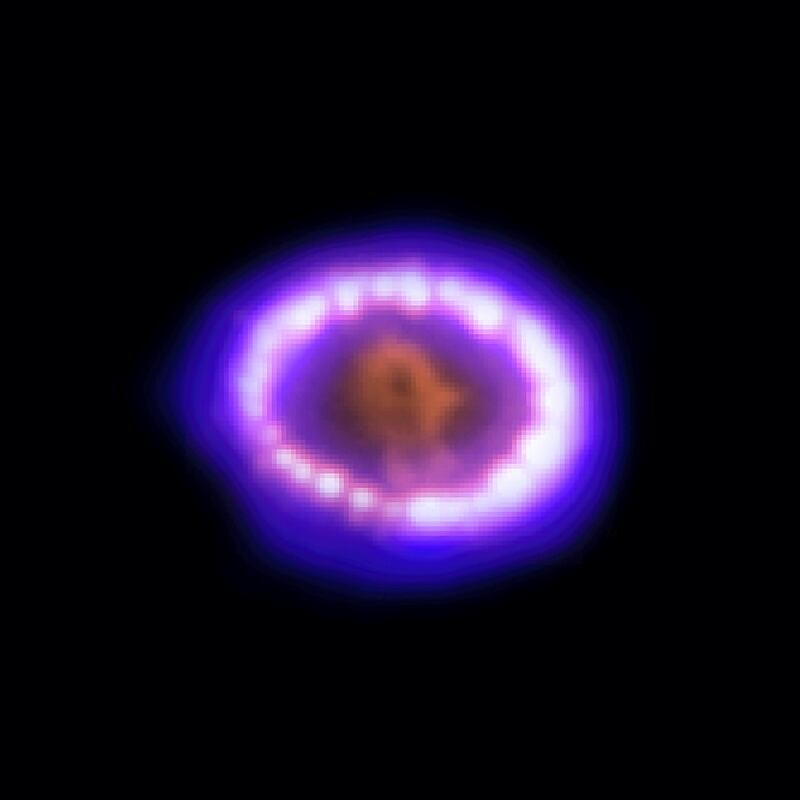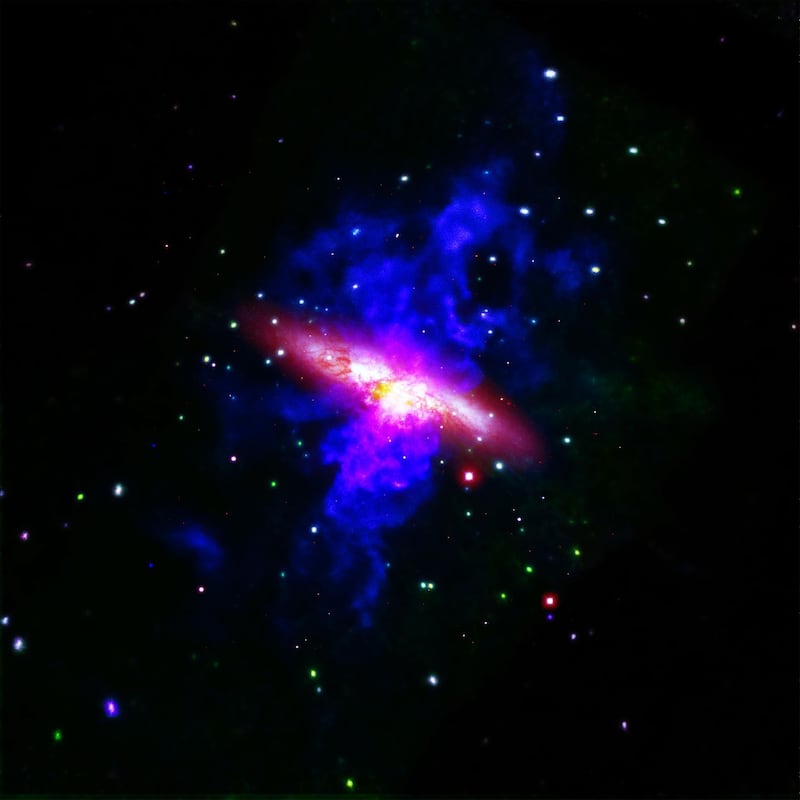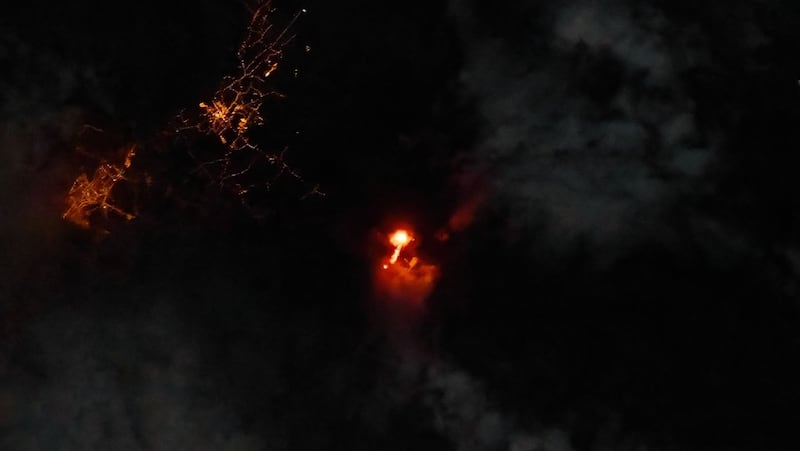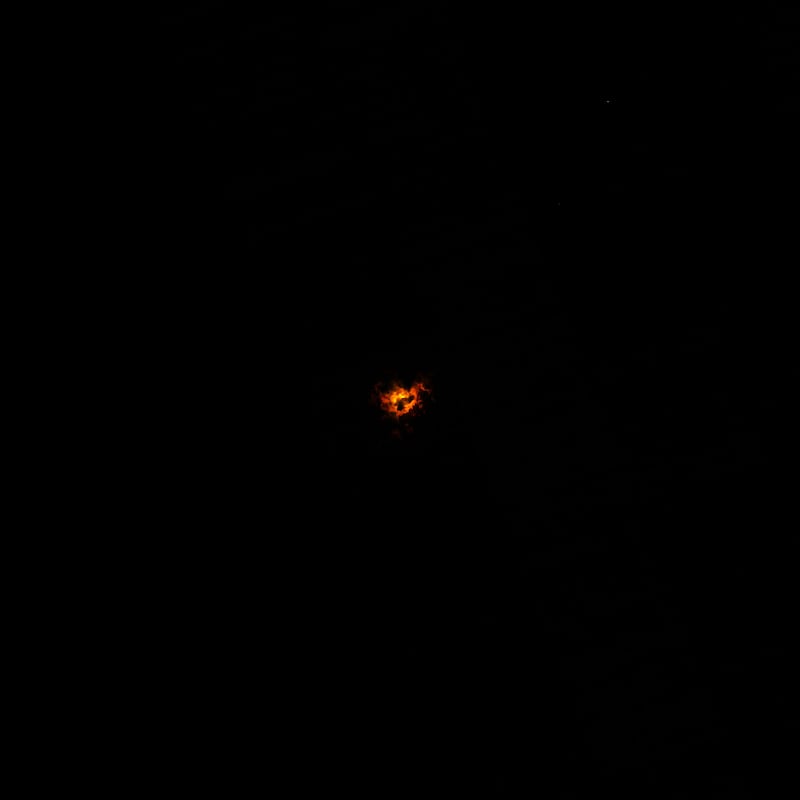Scientists are puzzled by unknown radio signals coming from the direction of the Milky Way’s centre.
Several signals have been received in the past year but astronomers have been unable to find the source.
It is now believed it suggests a new class of stellar object, meaning a newly formed star or planet.
An international team of scientists used a specialised telescope known as the Australian Square Kilometre Array Pathfinder (ASKAP) in Western Australia to research the object emitting the radio signals. And a study published in the Astrophysical Journal on Sunday has revealed its findings.
“We have been surveying the sky with ASKAP to find unusual new objects ... throughout 2020 and 2021,” said Tara Murphy, a professor at the Sydney Institute for Astronomy and the School of Physics.
“Looking towards the centre of the galaxy, we found ASKAP J173608.2-321635, named after its coordinates. This object was unique in that it started out invisible, became bright, faded away and then reappeared. This behaviour was extraordinary.”
Astronomers routinely study radio waves from space objects to unlock secrets of the universe, such as flaring stars, pulsars - a very dense type of spinning dead star - and fast radio bursts.
Researchers with the study also used the MeerKAT radio telescope in South Africa to observe the radio signals every 15 minutes every few weeks and found its behaviour to be dramatically different than any other space object.
They received six radio signals from the same direction over a period of nine months in 2020.
“At first we thought it could be a pulsar – a very dense type of spinning dead star – or else a type of star that emits huge solar flares. But the signals from this new source don’t match what we expect from these types of celestial objects,” said Ziteng Wang, lead author of the study.
Another study published in the Nature Astronomy journal on Monday suggests the radio waves are coming from hidden planets.
Researchers used the Low Frequency Array, a powerful radio telescope based in the Netherlands, to search for planets and discovered stars unexpectedly blasting out radio waves. This possibly indicates the existence of hidden planets.
“We’ve discovered signals from 19 distant red dwarf stars, four of which are best explained by the existence of planets orbiting them,” said Dr Benjamin Pope, a professor at University of Queensland and a co-author of the study.
“We’ve long known that the planets of our own solar system emit powerful radio waves as their magnetic fields interact with the solar wind but radio signals from planets outside our solar system had yet to be picked up.
“This discovery is an important step for radio astronomy and could potentially lead to the discovery of planets throughout the galaxy.”
The team was confident the signals are coming from a magnetic connection of stars and unseen planets orbiting them – similar to the interaction between Jupiter and its moon, Io.
The researchers have developed a model for the radio emission that shows a planet enveloped in the magnetic field of a star, feeding material into a vast current that could possibly be causing the signals.
“We can’t be 100 per cent sure that the four stars we think have planets are indeed planet hosts, but we can say that a planet-star interaction is the best explanation for what we’re seeing,” Dr Pope said.
“Follow-up observations have ruled out planets more massive than Earth but there’s nothing to say that a smaller planet wouldn’t do this.”



